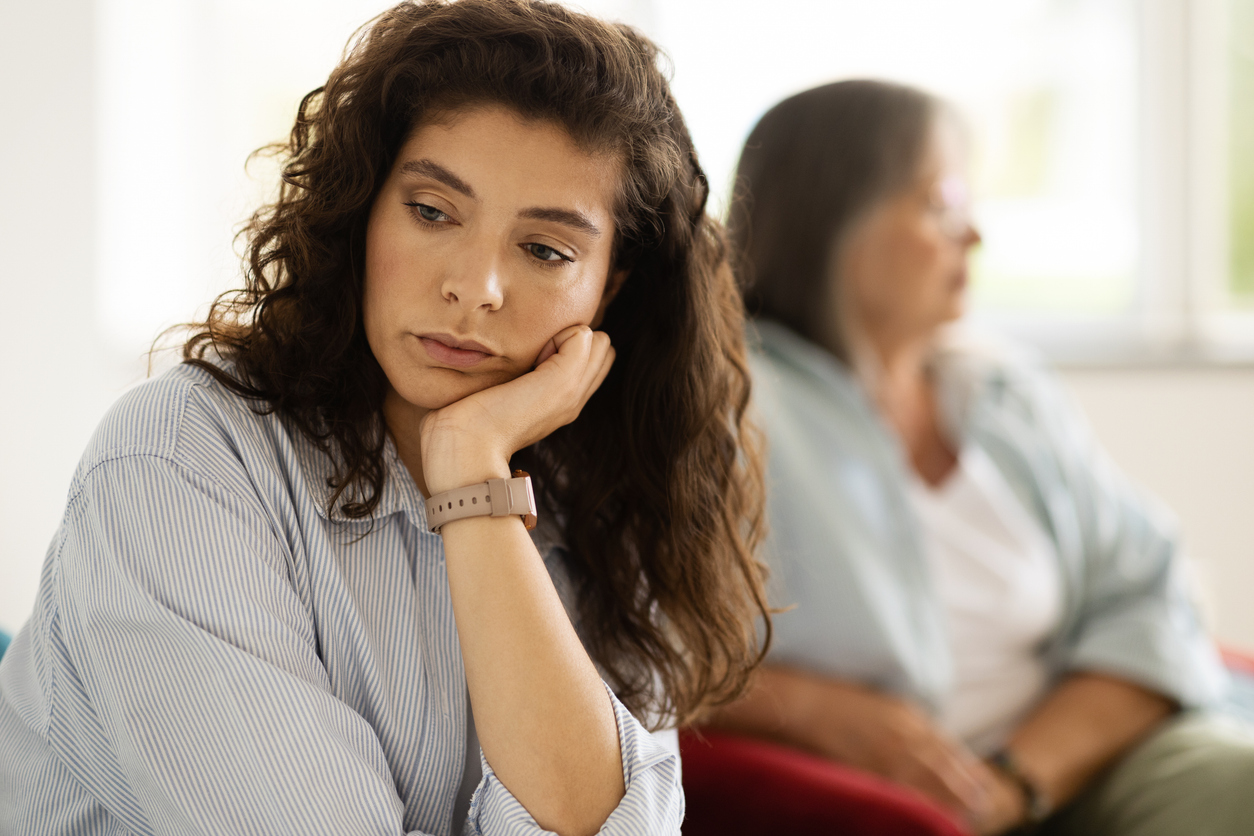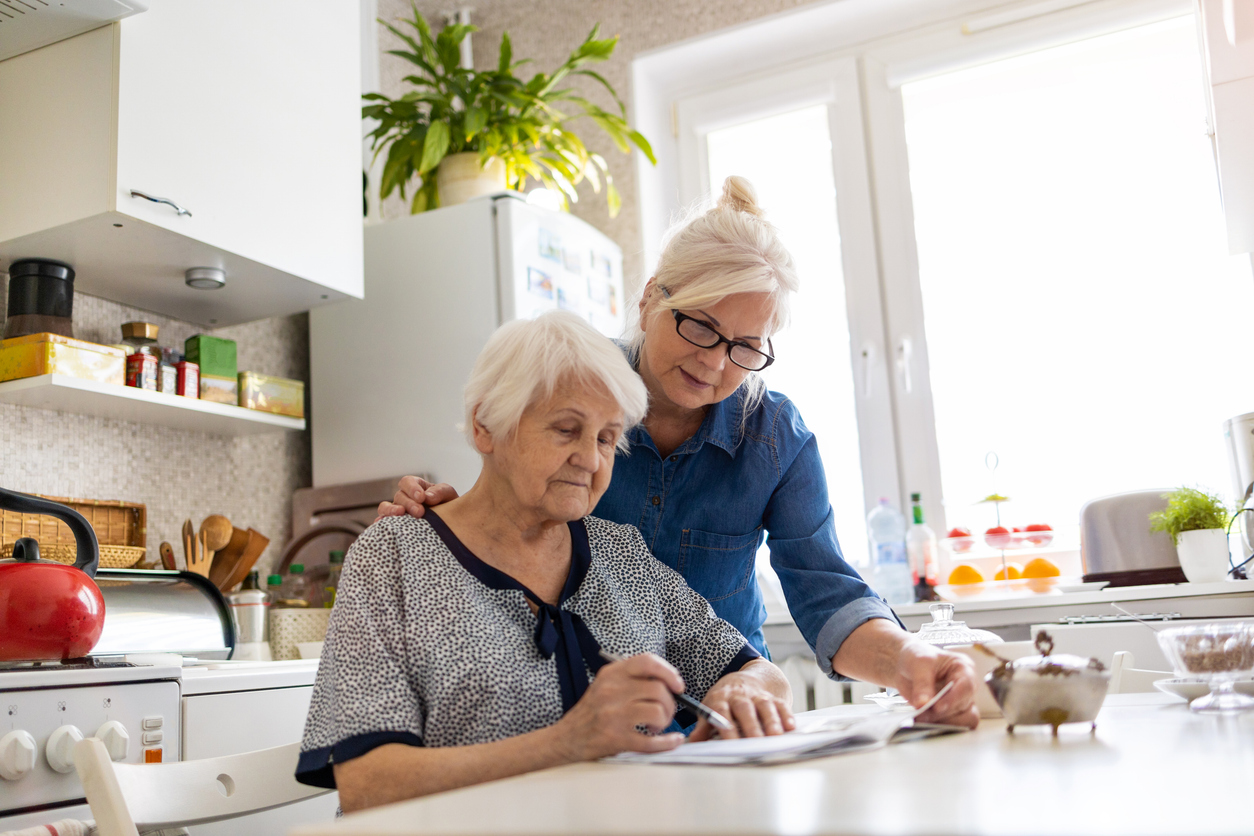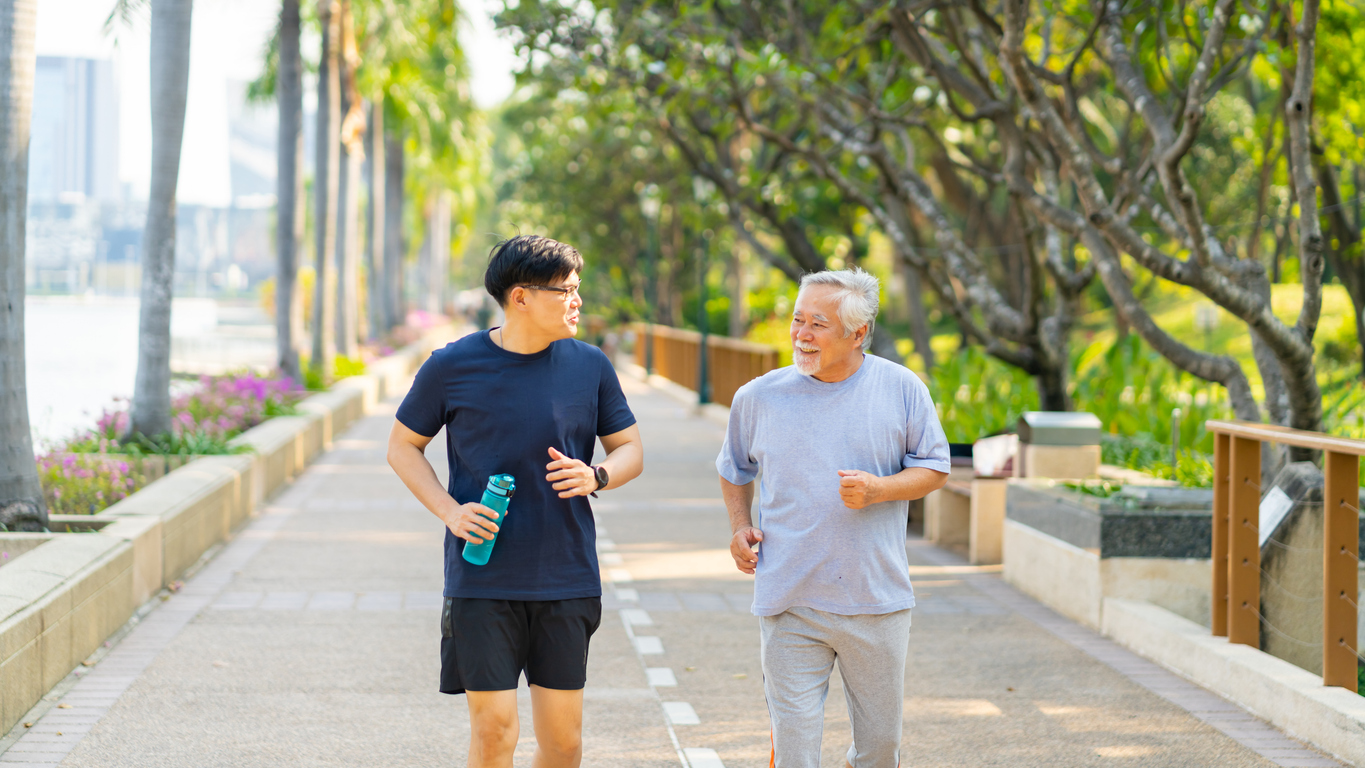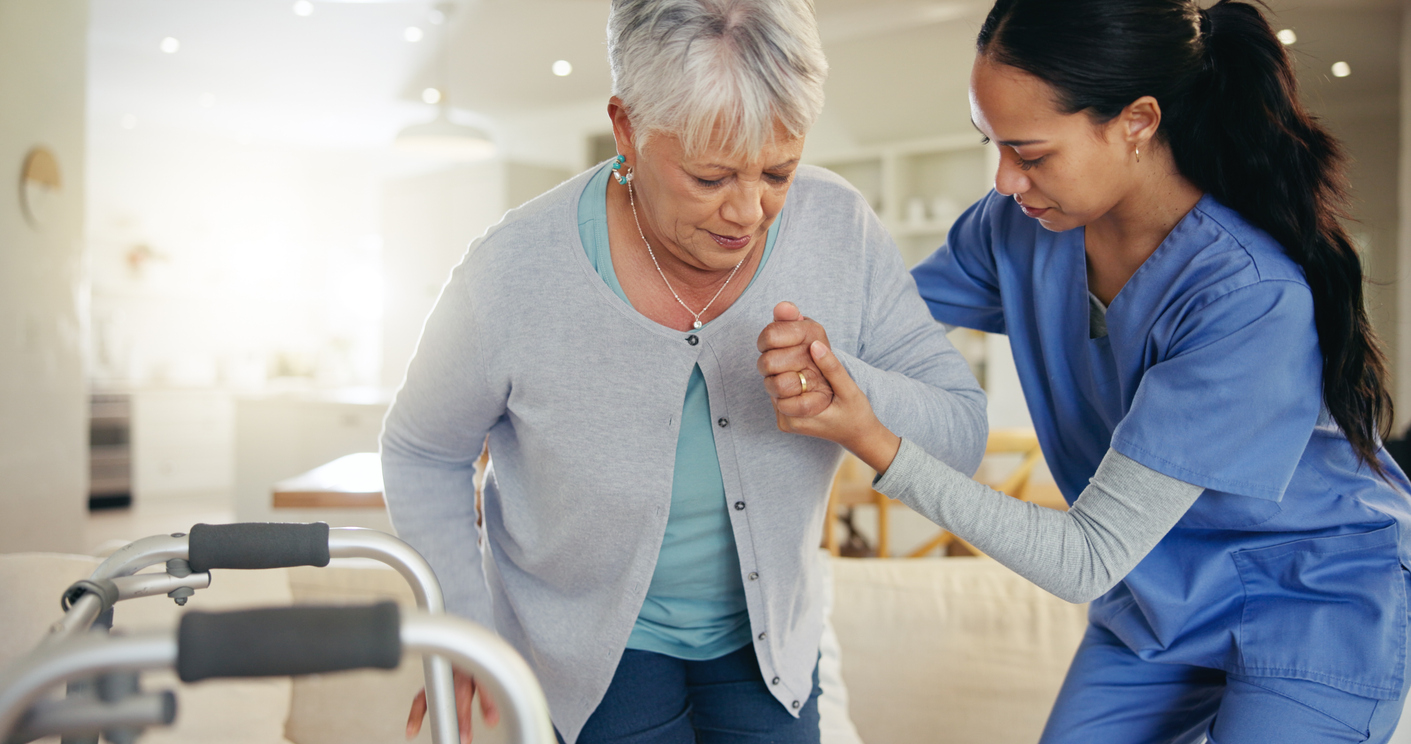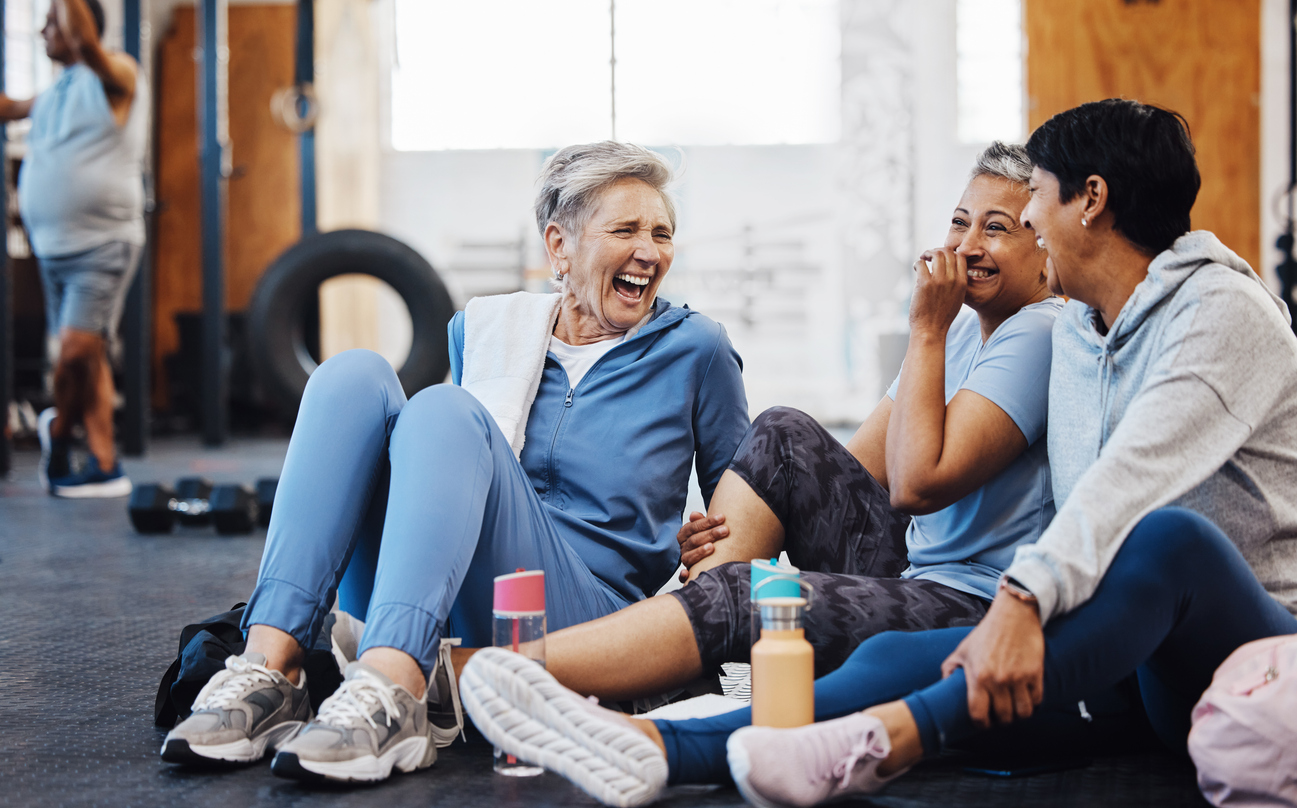If you feel like your elderly mother is consuming your life, you are not alone. As shared by SeniorLiving.org, caregiving can be very stressful, especially when trying to balance this effort with a job, children, or any other responsibilities....
While some signs of aging may simply mark the passing of time like a slower walking pace or a change in hair color, they may also be signs that it might be time for assisted living. An awareness of...
Reducing falls for older adults includes both proactive prevention and mindfulness. While falling may be a common and even essential part of learning to walk, it can become increasingly dangerous as the years progress. However, there are ways to...
As SeniorLiving.org explains, activities of daily living (ADLs) or basic self-care tasks like eating and bathing may become more difficult as people age. For the elderly (or aging) then changes to daily tasks impact our independence. These changes can...
If your weekly plans include art projects, pickleball games or a variety of other senior hobbies, then you may already be experiencing some of the physical, mental and emotional benefits of these activities. While regular participation in senior activities...
Whether you’ve made your own resolution to get healthier or you’ve gotten some encouragement from your doctor to do so, a wide range of senior workout programs are available to you. In addition to the physical benefits offered by...


